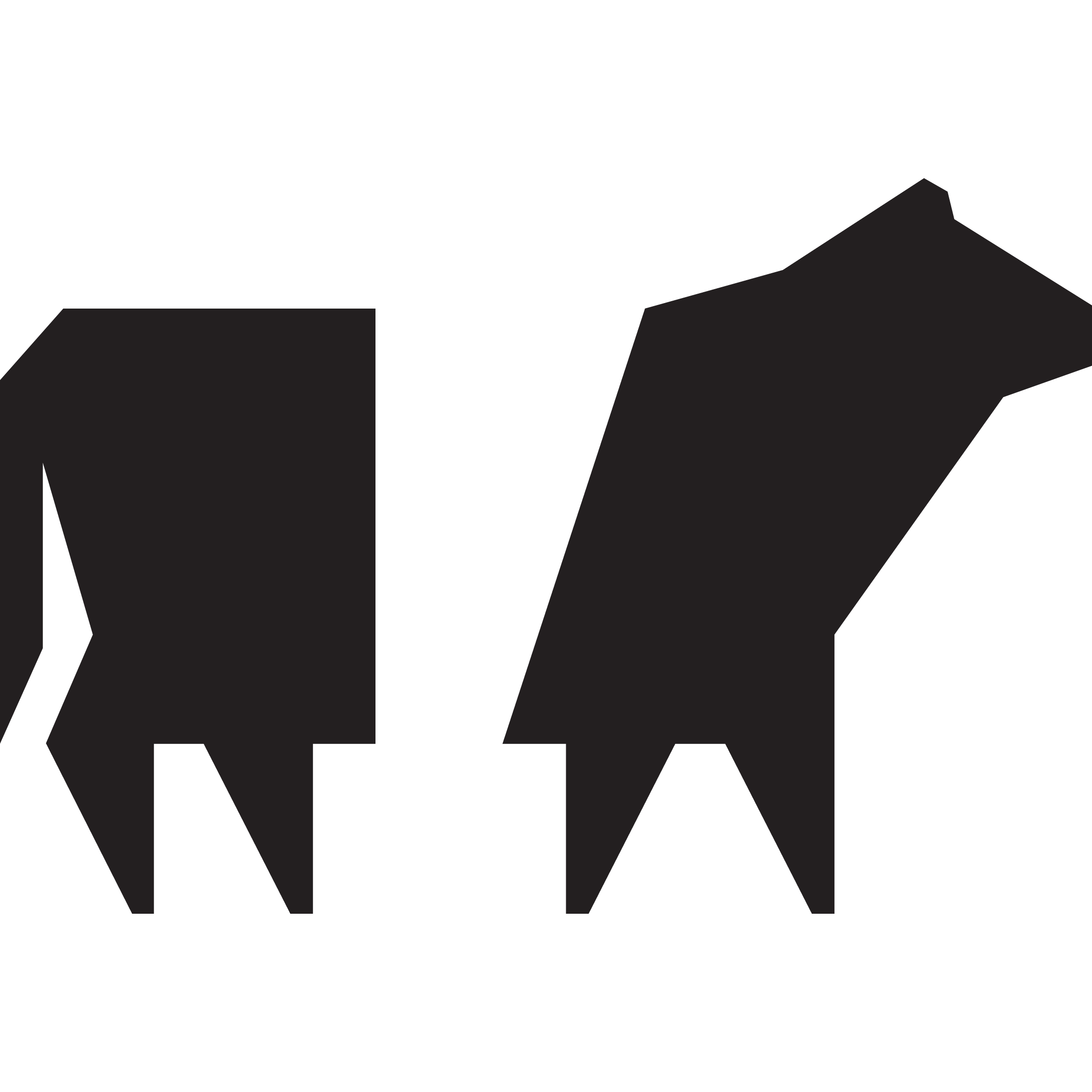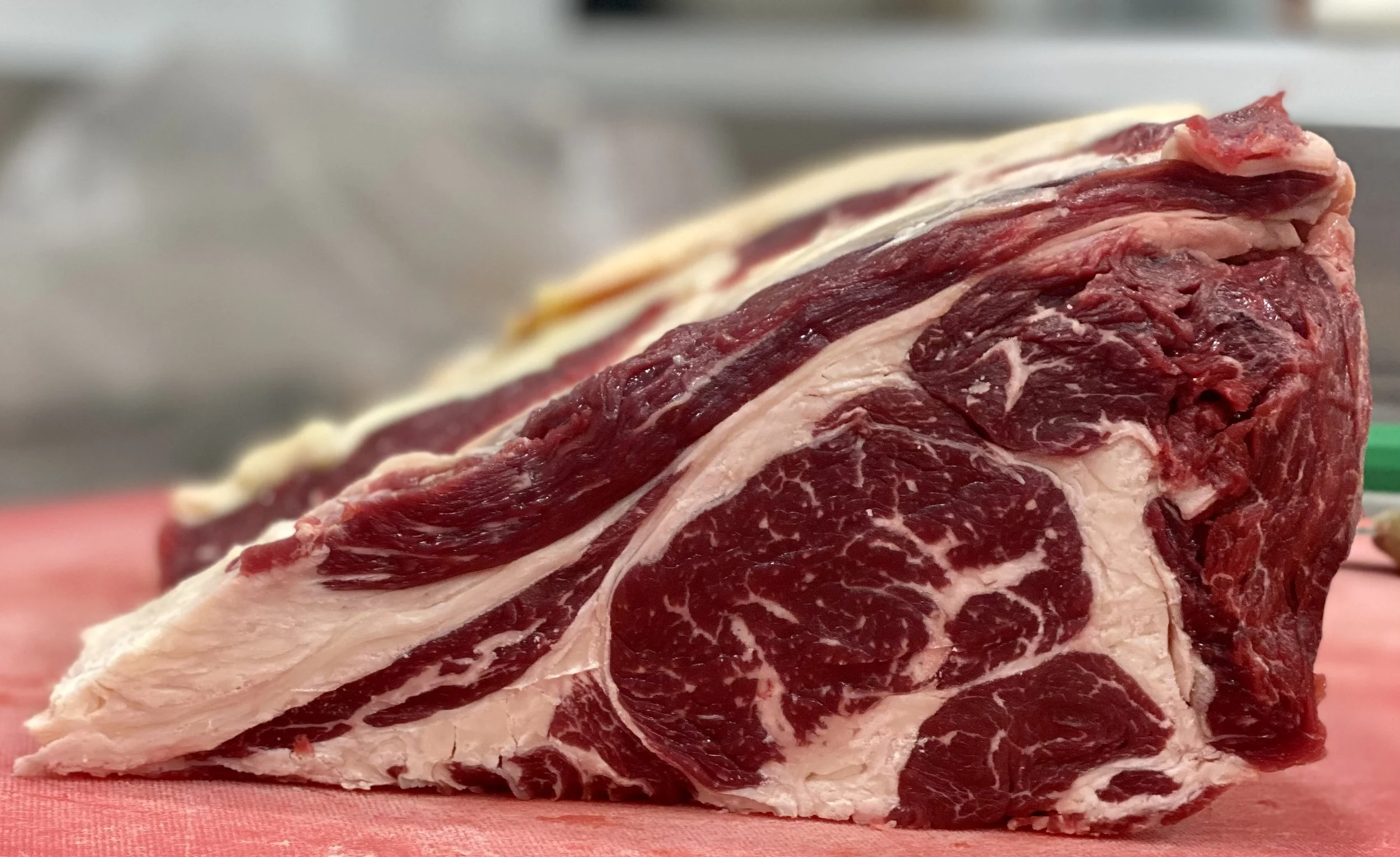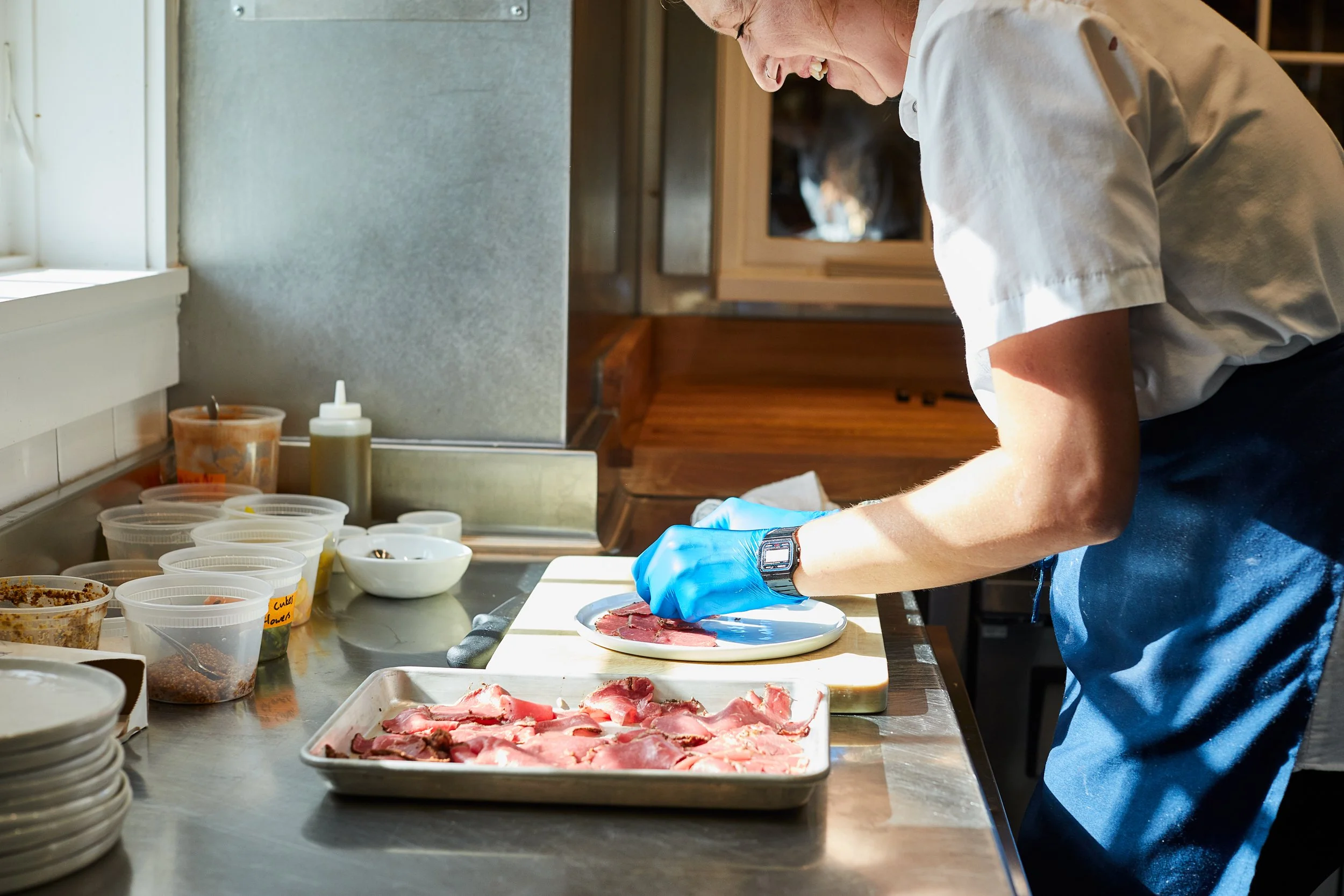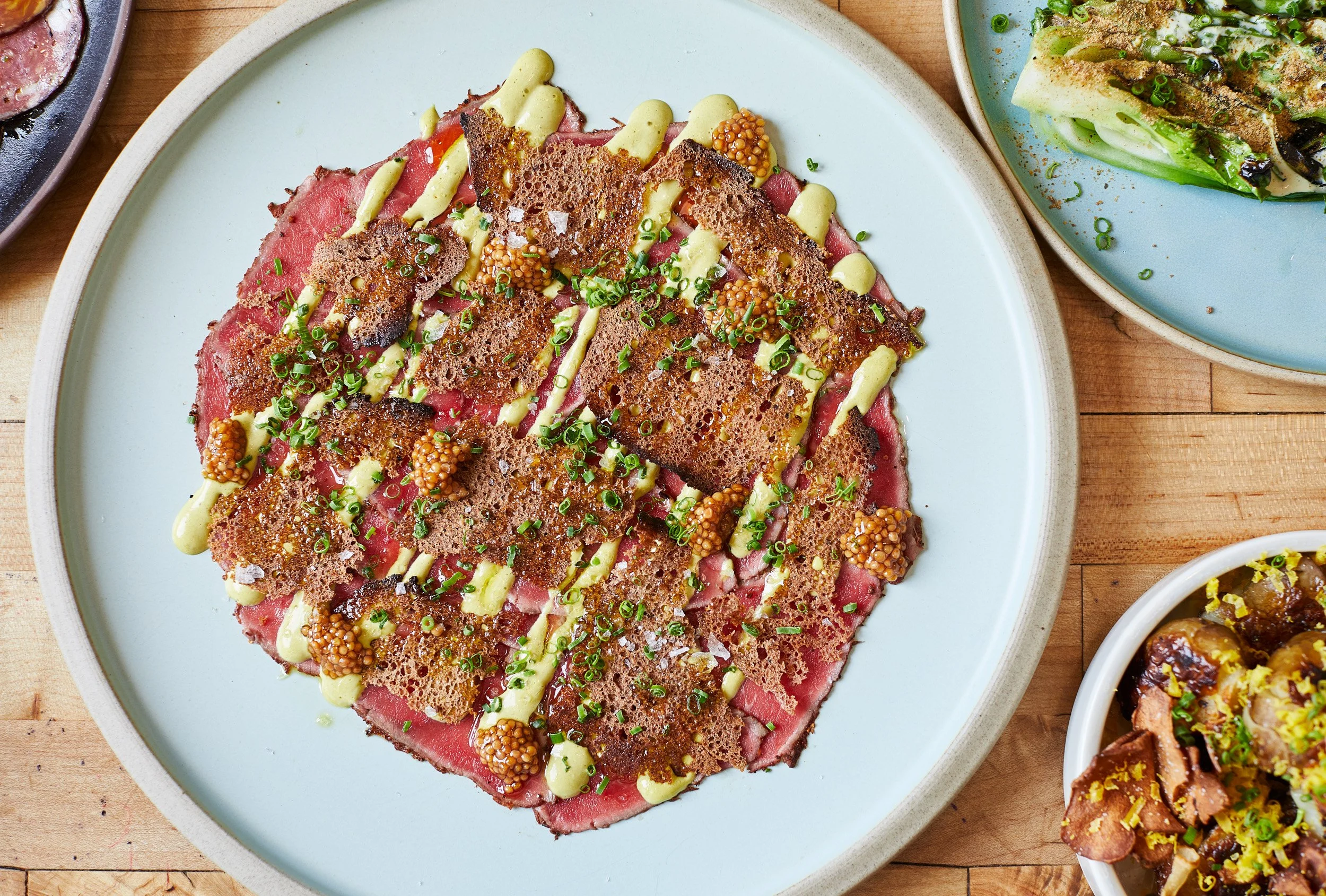The Alchemy of Grazing
By Evan Rieth
A herd of Belted Galloways are the center piece of our grazing operation
Cows turn grass into meat. Anyone who has tried to form a burger out of lawn clippings knows this is no small feat. But cows do it with such seeming ease and nonchalance that it’s easy to pass it by without recognizing what it is: alchemy.
Through a long series of chemical reactions, physical mastications and bovine ruminations, cows transform the carbohydrates and proteins of grasses, legumes, and forbs into richly marbled meat. The goal of our beef-finishing program at Philo Ridge Farm is to produce nutrient-dense calories that bring pleasure to our mouths, nurture the health of the animals with which we work, and improve the quality and resilience of the land upon which we farm.
“We walk a fine line between staying out of the way–just letting the cows do their grazing job– and guiding them towards the goals of our pasture management and alimentary experiences. ”
Our job as livestock farmers is to be stewards of that process. Here’s what that looks like: The livestock team makes a grazing plan in the daylight-starved hours of winter. We calculate how much grass our finishing herd (heifers (unbred females) and steer (castrated males) usually between 18 and 24 months of age) will consume daily. We map out where–to the day–the herd will be at any given point in the grazing season. We make contingency plans for too much rain or too little rain, too hot or too cold. We plot our course through the very best fields the farm has to offer.
When our finishers eat high-sugar grass, they deposit intramuscular fat. This is known in the butchering world as marbling, and the marbling is what often lends meat tenderness and flavor
When the cows hit the grass in the spring, we adjust paddock size on an almost-daily basis. We want the paddock to be large enough that each animal can always take a fresh bite of sugar-flushed grass tips but small enough so that each paddock has precisely 24 hours’ worth of grass to make the most efficient use of a field. We want the grass to be at the proper maturity, too. If we graze the plant too young, we risk “overgrazing”--unnecessarily stressing the plant and harming the soil. If we graze the plant too mature, however, all the sugars necessary to marble a carcass will be repurposed by the plant into starches and fiber.
We walk a fine line between staying out of the way— just letting the cows do their grazing job— and guiding them towards the goals of our pasture management and alimentary experiences. The trick is to merge this mix of priorities. We seek to maintain the integrity of what a cow does best while also meeting the needs of the pasture, the people who work with and for the cows, and the business they help support. It’s not an easy thing.
We plot our grazing course through the very best fields the farm has to offer
For cows, eating grass is the only way to live a life
Luckily for us, cows are hardwired to eat grass. When our herd moves onto a fresh chunk of grass, there is no ambiguity about what might happen: the cows eat the grass, as their instinct guides them, as hundreds of years of selective breeding have brought them to do. They have the infrastructure, too: four individual stomachs— the rumen, reticulum, omasum, and abomasum— to digest the energy tied up in thickly bound chains of cellulose. Every twelve hours, we reel up a dividing fence and a flip is switched: the cows lumber over and return to filling the fleshy fermentation tank that is their stomach.
For cows, eating grass is the only way to live a life. Eating grass is their calling, their vocation, the bovis magnum opus. A beef cow’s instinct is to eat grass. We offer them the opportunity to live out that instinct.
It is admittedly an odd and ironic action to raise and love an animal with the intent of imminently killing and eating it. It doesn’t always feel good. But it does remind us that eating beef is a privilege.
We prepare carpaccio from grass-finished Philo Ridge Farm beef
Beef carpaccio served with pastrami spice, scallion aioli, and rye is one of our signature plates
In every seared steak, grilled hamburger, and bowl of broth, we consume a part of the animal’s life. We are eating the calf who streaked across the field— tail flying high— on a long June evening, the yearling who broke out of the paddock for the sheer joy of it, and the finished steer who ate the orchard and timothy grass, the red and white clovers, lounging beneath the crisp blue of an October sky. We eat this animal who licked and chewed, burped and farted, ran and slept. Each beef-based meal celebrates and reveres how our animals inhabit this land. When you eat our beef, you will taste the life our animals lived.






